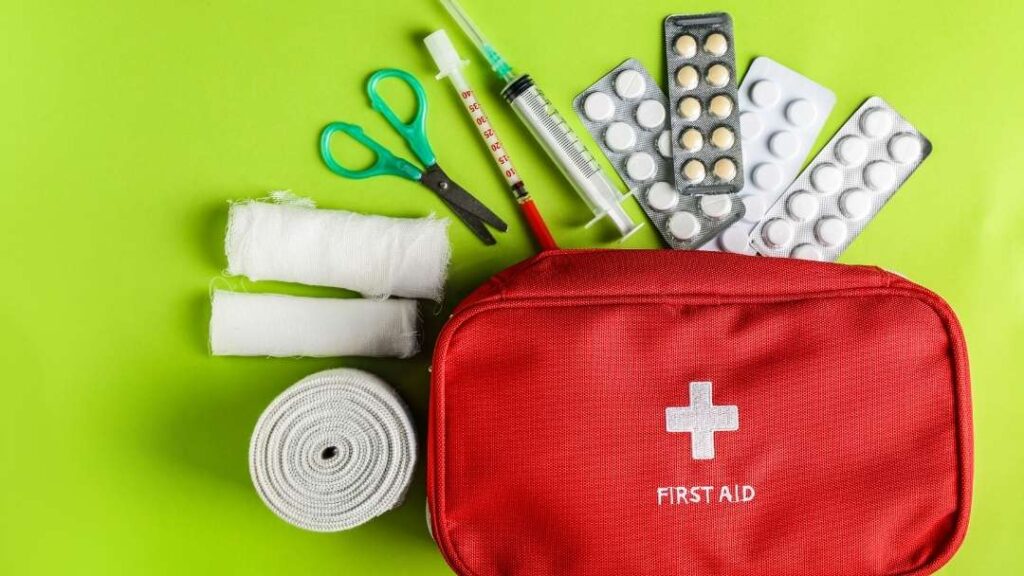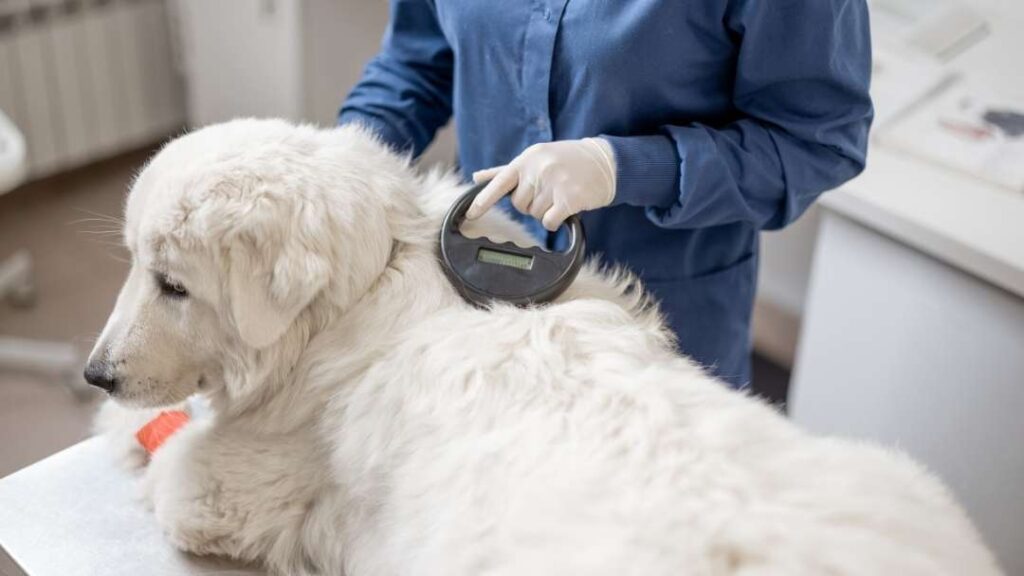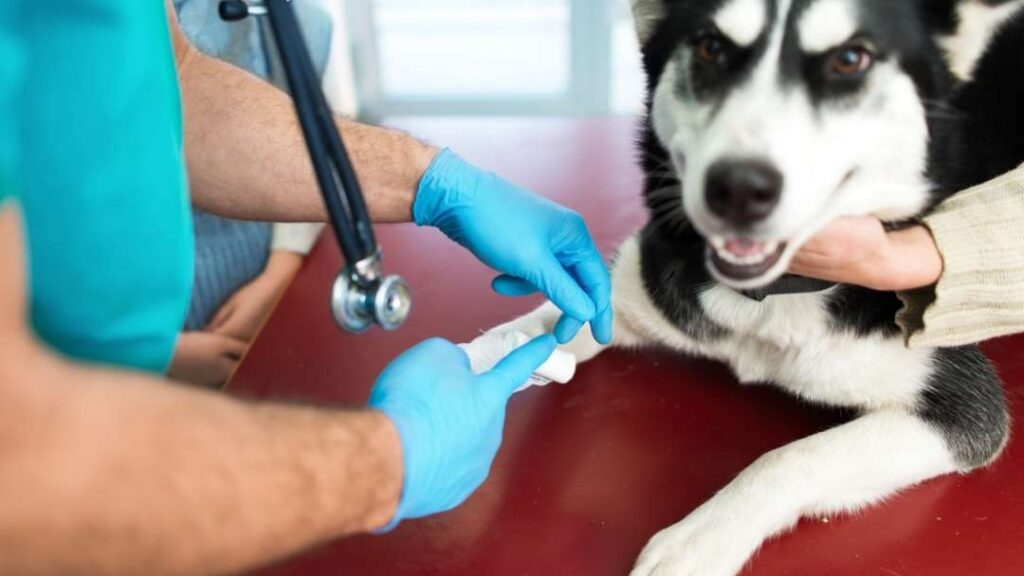Natural disasters cannot be avoided, but the damage they can cause can be minimized with proper preparation. We will all experience a natural disaster one way or another at some point in life, and there’s no need to freak out about it! However, once you face such trouble, you will find that your pet will also meet similar amounts of anxiety and stress. If a storm is coming, you and your animals may want to find ways to stay together safely.
Extreme weather situations will likely interrupt your regular lifestyle but try not to let it affect you on an emotional level too much if possible. The above advice is just what we find works best for us, but there are plenty of other things you could do depending on the severity of the situation! Here is a list of 10 ways to prevent losing your dog when disaster strikes.

Plan Before The Disaster Strikes
Thanks to alerts and warnings being issued way ahead of a catastrophe, it gives you ample time to prepare. For example, if you live in an area with a high risk of devastation, you need to get as far away from the area as possible and store your belongings somewhere safe. When chaos hits (and it will hit), you only have to worry about more immediate things like where your loved ones and yourself are.
Both options need many precautions, measures, and procedures when looking forward to an evacuation or sheltering. Besides working on keeping safe, you must consider the safety of the pets. After all, they are a significant part of your life. So if you go, they go; if you stay, they need to be managed accordingly.

Stay Informed To Prevent Losing Your Dog When Disaster Strikes
Not just studying and trailing the disaster occurrence, but the local shelter setups available near you need to be considered. Even if you are planning to stay in at the time of the emergency, you still need to know what preventive measures are available. Similarly, all the related information about the shelters available for your pets should be within your knowledge. Whether you plan on evacuating with or without a pet, knowing which facilities are available can be a good idea. The options and their locations can include these:
Hotels
Motels
Pet-friendly apartments in the area and their locations and contact information should be good to know.
Also, if a personal emergency arises and you have to leave your home, knowing where they are could make things easier to find safe asylum for your pet or emergency medical care for yourself during an emergency evacuation.

Prepare An Emergency Kit For Your Pet
It is important to have a dog-proof emergency kit on hand in case of a disaster. The items that should be included include a few things that will help you during and even after the setback. Some essential items include:
- A carrier to avoid making your pet dog walk over an incomprehensible pathway after the calamity.
- A leash or a harness is sturdy enough to help you pull your dog through rubble and mud.
- Dog food, either canned or dried. Canned food will require a can opener, whereas dry pet food is easy to carry and store. Try to accommodate a feeding bowl as well.
- Vaccination records, medicine prescription records, and any medical conditions should be mentioned. Copies of the documents and information should be kept with the emergency supplies.
- Photos of your dog with you or all family members so that he is easy to be identified from the lot. Make sure that the pictures are recent and clear.
- Some bedding or toy to calm your dog in any anxiety or distress. Usually, dogs find solace when given familiar belongings.
- Disposable cleaning supplies and towels, and paper bags for your dog.
- A first aid kit should be included in the emergency pack.
- Emergency contact details of relatives, neighbors, the vet, or any daycare they frequently visit. It may come in handy to get any information about the dog when necessary.
- Some printed flyers with your dog’s image and your contact details, in case it gets lost.
Keep the emergency kit in an easy-to-reach place. The contents should be in unbreakable durable containers and waterproof bags.

Practice With Your Pet
Introducing any new activity, trick, or routine to your dog needs patience and practice. It’s one of the simplest and most result-oriented to rehearse an evacuating situation with your dog. To avoid any sudden emotional setbacks and physical strain, it is advised to look up the local shelters and visit them physically with your dog.
Similarly, if planning to stay during the calamity, then use various methods to keep your dog calm and composed when a strange and unusual environment is experienced. Again practicing these arrangements with your buddy beforehand will save them and you from stress and agony.
Keep in mind that if your dog is not trained to be carried in a carrier, make certain that they are familiarised with it.

Microchip Installation
You can always get a microchip embedded in your pet dog to keep track of it. Disaster or no disaster, tracking your dog while you are away at work or they are home alone can be useful. The microchip will be the savior if they get lost during the misadventure. But to make it work, get a certified microchip which should be regularly inspected and updated.

Evacuation During The Disaster
If need be, and you area sked to evacuate, then it’s best for all your loved ones to be together, including your pet. As you look for shelter, make sure your entire family comes with you, whether human or animal alike. They may be out of reach from their normal habitat, but they will still be safer if they are by your side during this trying time. You can learn the first-aid procedure for emergencies and apply it when required.
Remember to take the emergency supplies, necessary items, and your dog’s emergency kit. If you have a puppy or a small dog, place them in a carrier, and for the bigger mates, a harness or a strong leash should work fine.

Staying In During The Disaster
If you plan to shelter during a storm or a tornado, which your vicinity is destined to face, keep your animal companions with you.
Never leave your dogs chained or penned outdoors where they have no protection. They could get seriously injured by flying debris, uprooted trees, or other airborne structures. Similarly, they are not better equipped to survive a winter storm with freezing temperatures. Bring them indoors before a storm hits as they can suffer from frostbite and extreme temperature exposure.
They need to stay close and need more affirmation and compassion than ever. Your closeness will relieve them of any panic and uneasiness and help them cope well with the situation.
If you’re sheltering at your place during any emergency, remember to protect all of your loved ones.

Recovering From The Disaster – Returning home
The disaster has passed, but its after-effects are yet to be conquered. While heading back to your abode, you will have to be extra cautious. There might be unforeseen mishaps waiting to welcome you and your pet dog. Moreover, you should be watchful of any exposed wires, hazardous spills, or nasty or deadly fallen or ruined structures.
Anything can be the cause of the accident, so taking precautions is evident. It may still not be safe to unleash your dog or remove them from their carriers unless everything is not restored up to a safe point.

Looking After Injured Pets And Providing Them First Aid
If your pet gets injured under any circumstances, direct yourself towards certain steps that will help them recover better. Firstly deal with an injured pet carefully, whether it’s yours or someone else’s. A wounded dog or any animal becomes very defensive and agitated. Sometimes they have a hard time recognizing their owners under the stress and confusion due to the pain.
It is still important to give first aid to your pets as soon as possible. If your pet is injured, bleeding, or in shock, you’ll need immediate action. Here are some tips on giving first aid to your pets:
- If your pet is bleeding, apply direct pressure to the wound with a clean cloth or bandage.
- If your pet is in shock, keep them warm and quiet. Place them on a blanket or towel and cover them with another blanket or towel.
- If your pet is having trouble breathing, check their mouth and throat for obstructions and clear any.
- If your pet has been burned, cool the area with cool water. Apply a sterile gauze bandage to the site.
- If your pet has ingested poison, call your veterinarian or the animal poison control center immediately.
Remember, giving first aid to your pet after a disaster can mean the difference between life and death. So take action quickly and don’t hesitate to seek professional help if you need it.

Finding A Lost Pet
The first and foremost effort should be to wait a while or leave someone back home if your dog or pet returns home.
Secondly, seek help from the rescue teams and officials assigned during the disaster to relieve people of any distress. Their animal rescue department might have your pal safe with them.
It is time to pull out the emergency kit and pass on the flyers with your dog’s images and updated contact details.
Get in touch with your dog’s microchip company to get details of your dog’s whereabouts and if the networks are up and running.
You Will Always Find Help
Before an unavoidable natural disaster is recognized to hit a certain place, many local bodies, international relief organizations, and animal shelters get into action. Though every life is important, you will need to put in extra effort as far as caring for your furry friend is concerned.
So before any unforeseen calamities proceed, keep yourself and your pet safe. Review the ways to prevent losing your dog when disaster strikes.





